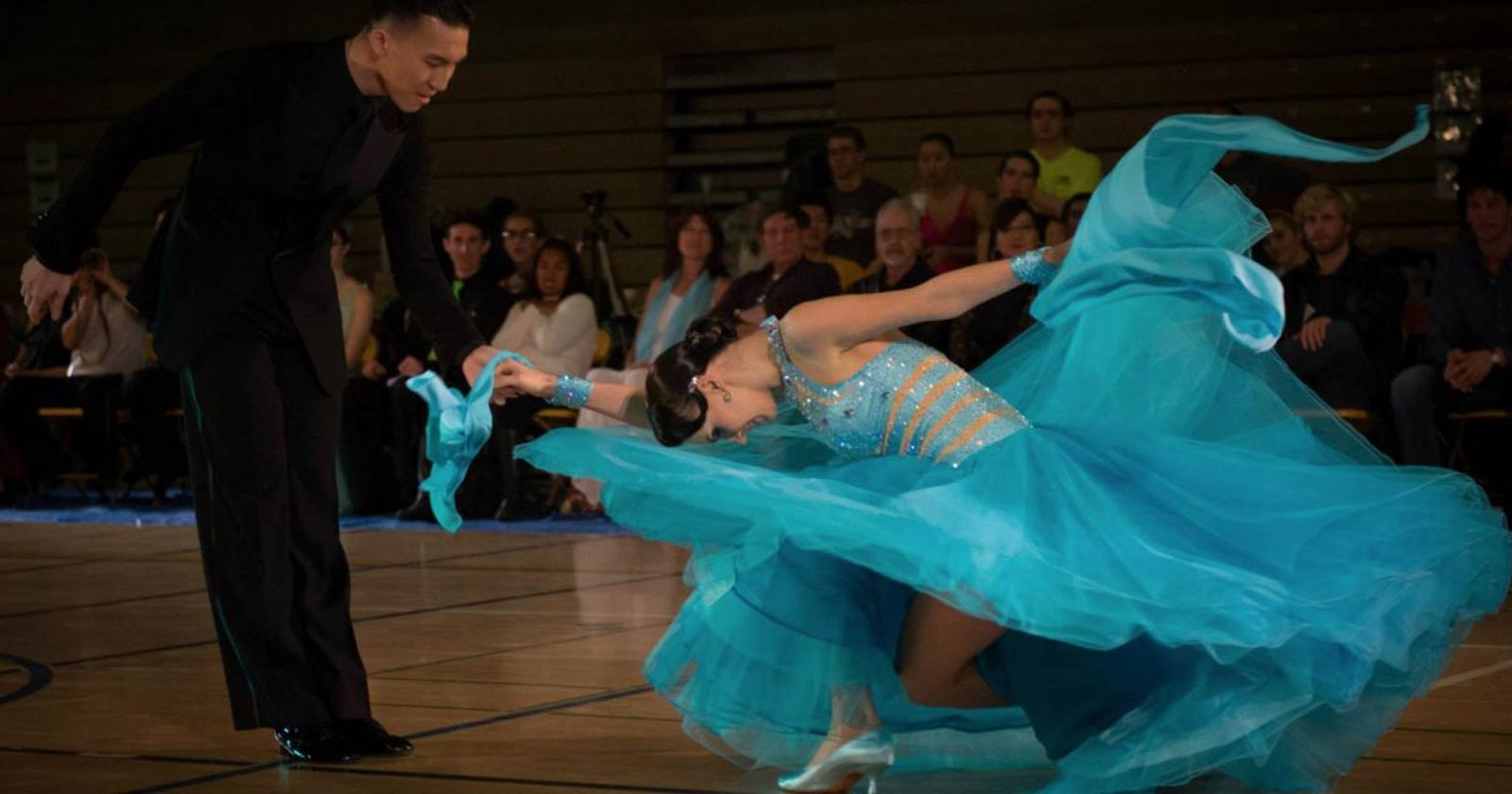I just came across an interview with Victor Fung and Anastasia Muravyeva that provided an interesting perspective on the concept of lead and follow. Victor and Anastasia are sharing this with dancers around the world. It’s worth discussion.
We all know that ballroom dancing can only work when there’s one leader. You can’t have two dancers both simultaneously deciding what step pattern to dance next, or what direction to go. Both jobs are hard. Really hard. None of these realities are going to change. But that doesn’t mean we have to be stuck in a limited view of how lead and follow can work.
Of course, Victor and Anastasia still have lead and follow roles. But they have turned their partnership into more of a conversation. Their view is that they are dancing together at the same time and expressing themselves through the dance individually, yet meeting together inside the dance, through the motion, and in this way they are expressing a oneness in presenting the dance. While it is true that all top couples do this to some extent, Victor and Anastasia have taken it quite a bit further than most. The level they’re describing is a pretty esoteric concept, but makes sense as well.
Naturally, this is something that can only be achieved at the very highest of skill levels. A beginner or intermediate couple trying to achieve individuality like this within the partnership will be unable to achieve much of anything because lead and follow are critical areas that need to be fully understood before they can be expanded upon in this way. It would be like putting a student driver with a learner’s permit into a race car. You first have to understand the basics and make them seamless, no longer thinking about them, before you can explore new options.
But I love the idea that there’s room to think differently. Victor explains that what you think is what you project. Your mind decides how your body is going to react. So if this is true, why do we work so hard to put the body ahead of the mind when we dance?
How we touch creates different energy. Every touch of our partner is different. Every connection is unique. The music speaks to us differently every time. Every movement, every action is distinct. It’s a flowing river of energy that is shaped and molded by our mindset, connected to our partner and their mindset, and driven by the music that encompasses both partners. Victor even points out that every time he takes Anastasia’s hand to connect for a dance, the feeling will be different. It is an art form with an athletic foundation, but still an art form. So if there is this much variation every time we dance, why do competitors (and even those who don’t compete) work so very hard to make their dancing exactly the same every time?
Their view is that they are dancing together at the same time and expressing themselves through the dance individually, yet meeting together inside the dance, through the motion, and in this way they are expressing a oneness in presenting the dance.
Dance technique does not and cannot change very much, though it does evolve over time. Technical details are based primarily on the physics of two bodies moving together and in that way must be respected. But once both partners are technically proficient to the point where they no longer have to think about technique, now there is room to explore the use of individual expression within the dance.
Dancers spend countless hours in lessons and practice, working to make things “perfect.” Competitors spend hours every week trying to make their routines flow seamlessly but what they are really doing is trying to make the routines exactly the same every time. Perfection, for most dancers, translates to being technically exact. We see competitive dancers at every event who have taken this so far that they make the same facial expression or hand movement at exactly the same place in their routine every time they dance. What Victor is talking about is going outside of this sameness and creating a canvas where the dancing can truly become a work of art, different every time because the feeling is different every time.
The way Victor and Anastasia explain it, each partner becomes extremely sensitive to the feelings and energy of the other. They begin to instinctively feel when the other wants to express something extra and allows that partner the room for such expression. It doesn’t matter if this is the lead or the follow, both have equal opportunities to have control of the full expressiveness of movement or action.
Take a look at Victor and Anastasia’s dancing and see what you think:
Then take a look at the interview and share your insights on this issue in the comments area at the bottom of this page:














